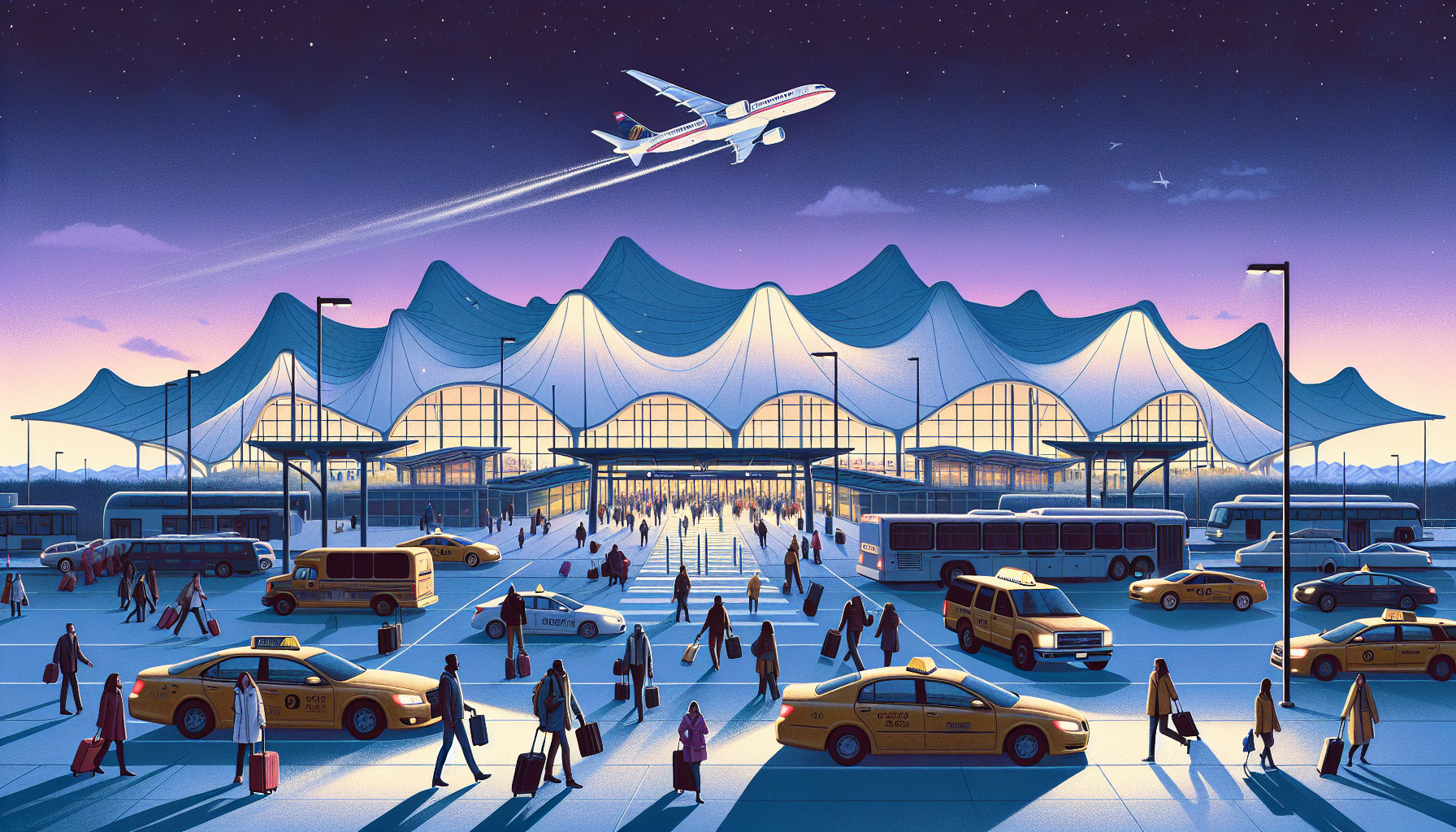
The construction was fraught with controversy and delays, with initial plans over budget and major schedule overhauls, leading to claims of mismanagement. Overrun costs were a staggering $2 billion beyond the initial budget. Throughout the construction process, curiosity grew about the facility itself, particularly regarding its unique architectural features, one of which is the striking white peak-shaped roof that resembles snowcapped mountains, a nod to Colorado’s geography.
In addition to its size and distinct design, the Denver airport has become an intriguing focal point of urban legend. Speculation arose almost immediately after it opened, with various theories attempting to explain why such an immense structure was built. Some believed the expansive underground tunnels and bunkers were intended for secret government operations, while others posited that the peculiar artwork adorning its walls contained hidden messages. As travelers moved through the concourses, they couldn’t help but notice the intriguing murals and symbols, which led many to ponder their deeper meanings.
It’s compelling to consider how such a utilitarian space evolved into a breeding ground for mystery and conspiracy theories. The Denver airport became more than just a transportation hub; it transformed into a canvas for imagination, where facts and fiction wove together, captivating the minds of many who pass through its gates.
Conspiracy Theories and Symbolism
The Denver airport has drawn a fair share of conspiracy theories, many stemming from its peculiar design elements and the lore surrounding its construction. Notably, the airport features a giant blue horse statue, affectionately dubbed “Blucifer” by locals. This towering figure, with its glowing red eyes, has been called menacing, prompting conversations about whether it symbolizes darker forces at play. Some enthusiasts suggest that it connects to higher powers, while others merely see it as bizarre public art that adds to the airport’s mystique.
Visitors also encounter murals that radiate a sense of foreboding, showcasing various themes of war, peace, and environmental destruction. One particularly controversial mural portrays children of different ethnicities alongside a figure clad in army attire holding a sword, which some interpret as a not-so-subtle nod to global conflict. The juxtaposition of innocent youth against a warlike backdrop leaves many scratching their heads, fueling debates about underlying messages that might suggest hidden agendas or prescient warnings.
Furthermore, the underground tunnels, spanning miles beneath the airport, raise eyebrows among conspiracy theorists. Supposedly intended for baggage transport and maintenance, they have morphed into the perfect setting for wild stories. Some suggest these tunnels serve as a refuge for the elite during apocalyptic scenarios or as conduits for secretive organizations. Disturbing notions that the Denver airport doubles as a headquarters for sinister acts have repeatedly surfaced, further intertwining the structure with theories that resonate far beyond conventional understanding.
Artistic elements aren’t the only aspects stirring intrigue; the airport’s layout and decor have sparked conversations about free-masonry. Symbols resembling those used by Masonic groups weave into various installations, leading some to question if clandestine rituals or societal influences are secretly at work. The mere presence of these symbols invites speculation—do they indicate an allegiance to a greater cause, or are they simply integral to the artistic vision of the architects involved?
As travelers navigate the Denver airport, it’s almost impossible not to be drawn into the web of speculation and intrigue. Each corner presents layers of potential meaning, resembling a complex puzzle that invites inquiry and reflection. The marriage of art and architecture here beckons those willing to look deeper, making the Denver airport not only a transit point but an enigmatic space alive with theories waiting to be unraveled.

